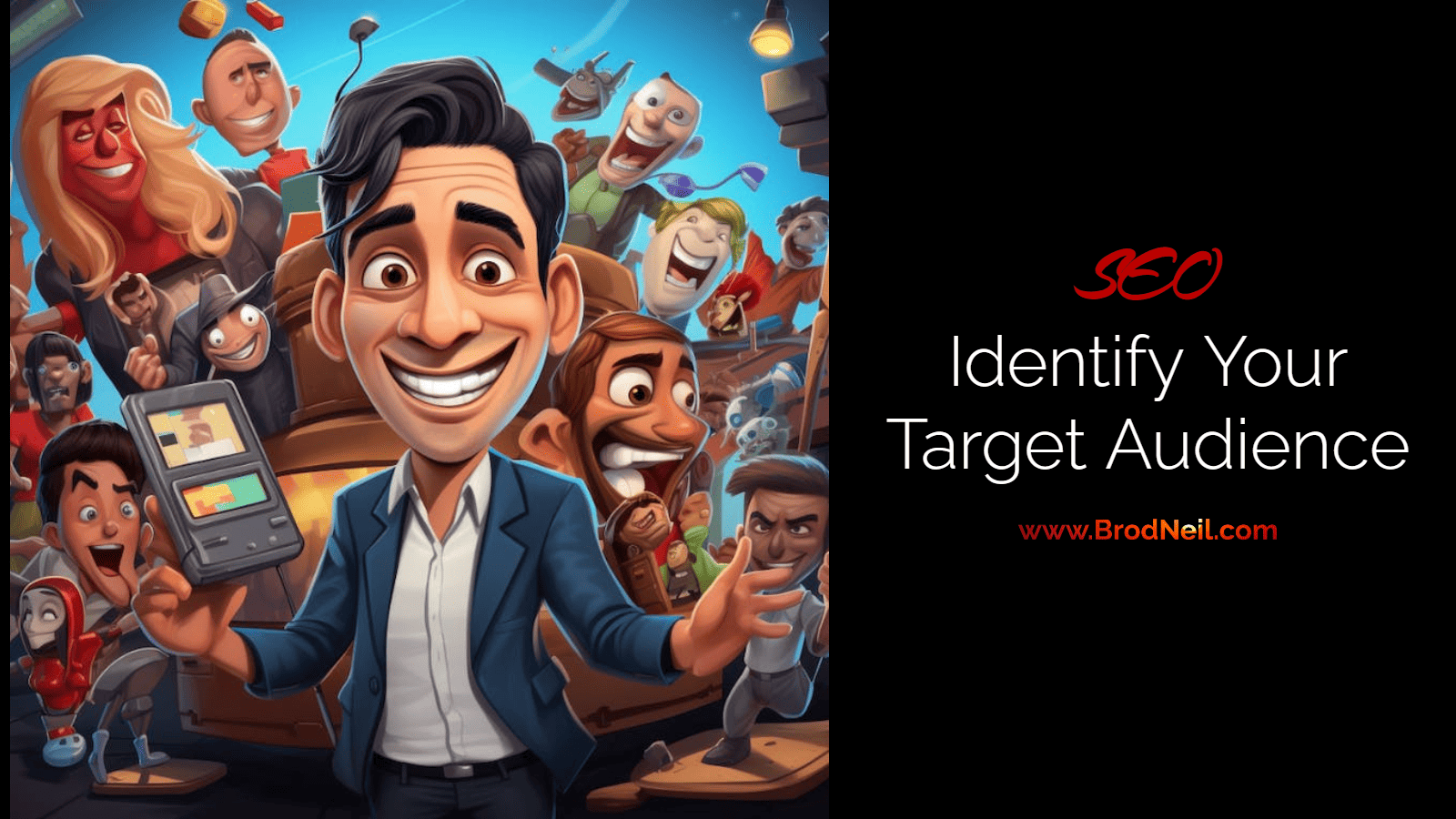This content is only available to community members. Please log in to continue or Join Us.
Identify Your Target Audience

Written by
in
Published Date:
Last Updated:

Written by
in
Published Date:
Last Updated:
This content is only available to community members. Please log in to continue or Join Us.